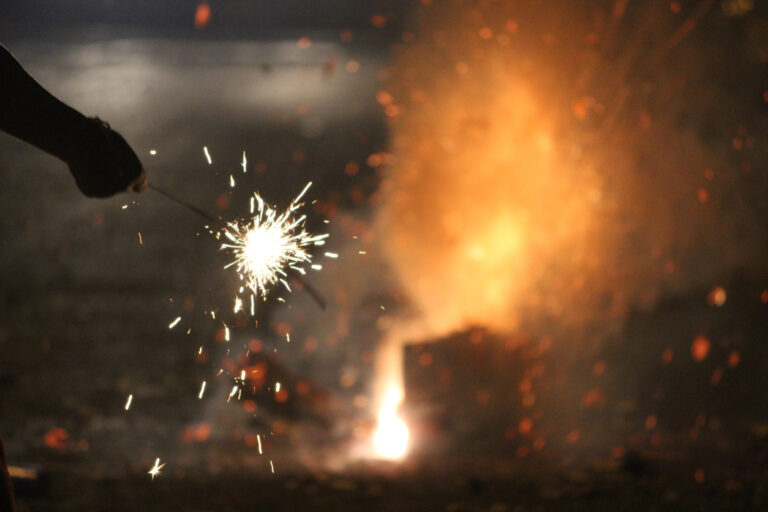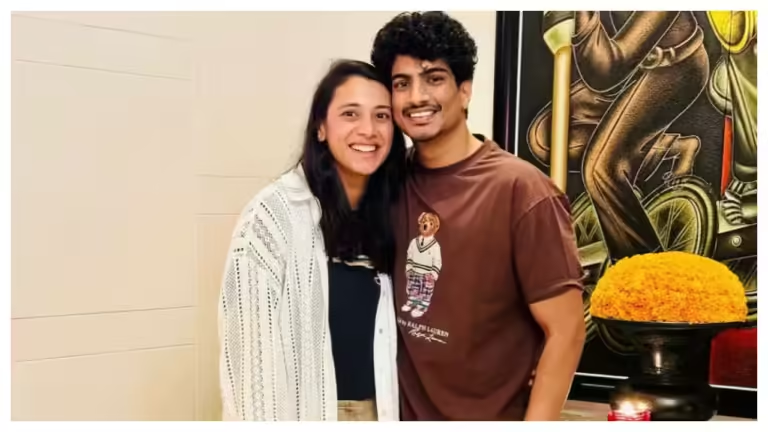
HISTORY OF CBFC AND FILM CENSORSHIP
Despite its name, the Central Board of Film Certification (CBFC) has become synonymous with censorship instead of certification of films. Censorship of films in India roots from the colonial era when the rulers of the country wanted Indian cinema to portray the colonial rule under a positive light. Post-independence, things hardly changed since cinema was not accepted as a serious form of art but treated as a frivolous mode of entertainment, the Indian government thought it best to retain the censorship powers of the board. Even though the name has undergone a change and perhaps an even bigger change in the connotation of its functions and powers, it still insists on retaining an outdated, unnecessary and archaic work model. By following in the footsteps of the colonial era, the Indian government suppresses the Indian voice and disallows the free expression of its cultural diversity.
 A meme on twitter criticising CBFC’s decision to censor an emoji in the film F1
A meme on twitter criticising CBFC’s decision to censor an emoji in the film F1
Section 5b of the Cinematograph Act, 1952, lays out the principles to guide CBFC in the certification and sanction of films among which sovereignty of the country and security of the state along with public order, decency and morality are specified as guiding principles.
CBFC in recent times has censored a middle finger from F1: The Movie, blurred bottles of alcohol in Ford v Ferrari, modified a scene in Oppenheimer of a naked woman to make her wear a CGI dress, and snipped a 33-second floating kiss between Lois Lane and Superman in the film Superman. Such instances surely cannot be an effort to maintain sovereignty and security but if they are required to maintain public order and decency then either the nation should be ashamed, or, if they are not required then perhaps the board’s moral approach to censoring films is archaic and outdated. And if they are indeed needed to maintain decorum and order amongst the viewers then why was the entire duration of Animal not chopped out considering it was a vacuous repetition of sexist and misogynist ideologies that promoted violence particularly against women. Can a kiss upset law and order and hurt the sensitivity of the Indian herd but not guns and violence?
 Stills from the film Homebound (image source: filmy charcha)
Stills from the film Homebound (image source: filmy charcha)
CBFC vs HOMEBOUND
It is rare for a filmmaker with artistic temperament to have the financial backing of a major studio and Neeraj Ghaywan’s Homebound is one of those films. Not only is it trying to enrich the cinematic palette of the Indian audience but also trying to capture and expose a landscape rotten with corrupt, age-old practices that continue to haunt it even in this day and age. Despite being selected as India’s official entry to the Oscars and earning critical acclaim at prestigious international film festivals in Toronto and Cannes, the film and its makers alike were unable to escape the sharp claws and fangs of the CBFC.
A total of 11 modifications were made to the film including muting and replacing words such as “gyaan”, cutting out a five-second dialogue, “aloo gobi khaate hai” as well as a two-second visual of a character performing puja along. A dialogue at the 21-minute mark was muted and replaced with another shot and a 32-second visual was outright omitted from a cricket match sequence that was significant to the film.
While the filmmaker and the producer have been silent so far, some unit members have been quoted saying that the film has been destroyed in parts. Another source familiar with the certification process was quoted saying that the film waited for around three months to be screened at CBFC but was not allotted a date. This is surprising considering the chairman of the board is known for writing a piece of rebellion not only widely celebrated at the time of its release but has also reached a cult status of sorts. Perhaps that was before the current political regime; now, people have changed and things are harder, although it is difficult to ignore the glaring hypocrisy of the people in charge.
Ironically, the film itself mirrors this ordeal. Just like its characters, Homebound has been suffocated by the same system it critiques. Like puppets, we move at the whims of those in power, most of us struggling to break free while many remain blissfully unaware. The oppression and suppression of voice that the characters face in the film reflects our own reality.
 Artwork from thespace.ink
Artwork from thespace.ink
CBFC AND ITS SYSTEMIC OPPRESSION
We seldom understand the plight of artists, particularly in this country. Battling the commerce side of this creative profession and jumping through hoops to secure financing for their projects only to wrap up a shoot to then chase a release window that feels like a ticking time bomb strapped to the chest while running a marathon on fumes. Delays cannot be afforded on such timelines, whether during the process of making the film or while obtaining the certificate from CBFC, before which the marketing cannot begin. Any external procedural issues can jeopardize the release, risking a big financial loss for the producers and make the filmmaker’s ordeal even more arduous.
Having abolished the Film Certification Appellate Tribunal which was meant to hear appeals against orders by CBFC, filmmakers often find themselves in court to protest against the selective enforcement of CBFC’s porous morality. Litigation takes time and costs money, indirectly forcing the artists to comply with CBFC’s whims and fancies. Following the Indian tradition, protest is discouraged and safety lies in quietly giving in, further boosting CBFC’s powers.
Because of CBFC’s long-standing history of exercising its discriminatory scissors, stories remain untold and voices silenced. This conveniently clips the wings of creativity and free speech under the guise of public order and decorum, leaving artists disempowered and Indian cinema diminished.
Find out what’s next in the world of film and entertainment at The World Times.



